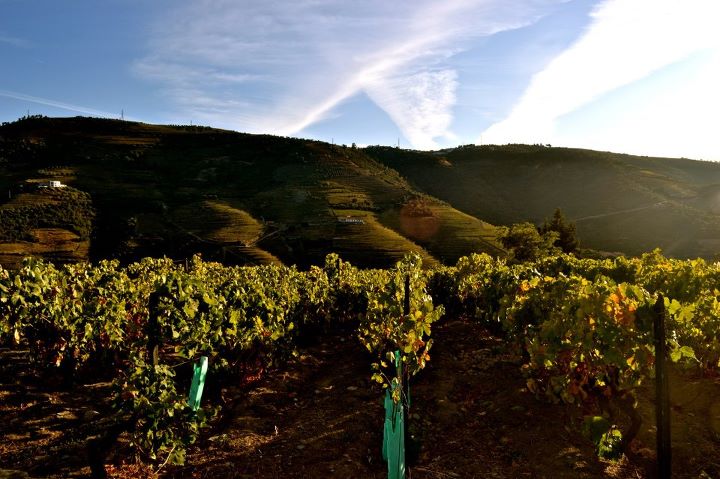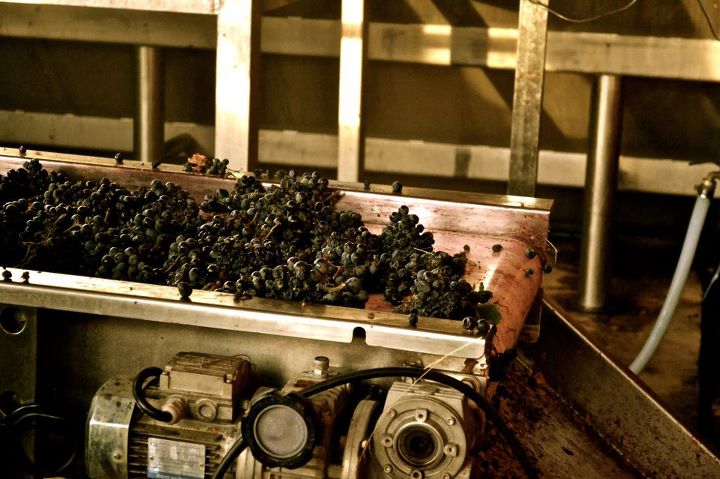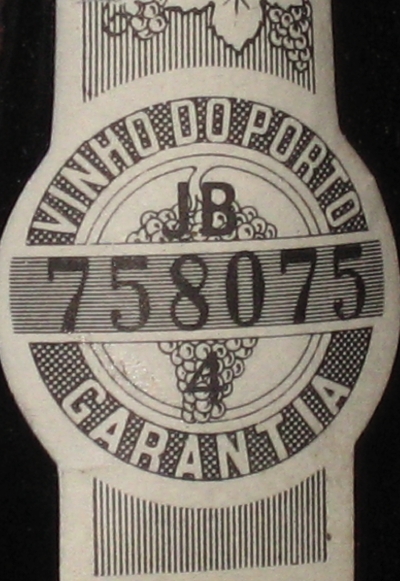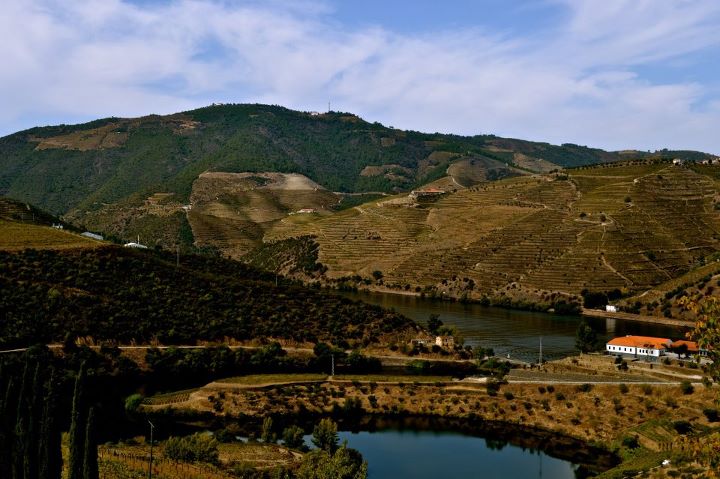
I recently returned from an incredible trip to the Douro Valley and Oporto, Portugal, courtesy of the Center for Wine Origins and the Instituto dos Vinhos do Douro e do Porto (“IVDP”). This trip presented to me the opportunity to explore the region, to learn about both Port and Douro wines during the region’s harvest season, and to ask questions about the legal measures the region implemented to protect Port and Douro Valley wines. The IVDP of Portugal is an interprofessional public institute whose duties include recommending the adaptation of ideal winemaking and winegrowing/viticultural policies for the region, to promote and protect the region’s appellations of origin and geographical indications, and to “discipline, control and supervise the production and trade of wines produced . . . promote and guarantee their quality, and sanction all infractions of the rules and regulations governing wines and wine products . . .” (See Instituto dos Vinhos do Douro e Porto—Presentation.) Its mission is to “promote the control of the quality and quantity of Port wines, regulating the production process, and the defence and protection of the Douro and Port denominations of origin and the geographical indication of the Douro Region.” (See Instituto dos Vinhos do Douro e Porto—Mission.) Similar to the CIVC of the Champagne region of France, the IVDP pursues strong measures to protect truth in labeling and to combat any counterfeit wines labeled as Port or Douro Valley that may emerge outside of the Douro region. Such measures extend to products other than just wines, i.e. the use of the word “Port” is protected from the use on products that are not wines.

The history of the protection of Port wines is one that I find quite interesting and also parallels the history of its sister region. During the 18th century, Port and Douro Valley wines encountered a dramatic increase in demand by the British. (See Instituto dos Vinhos do Douro e do Porto—History.) As a result, “as it has occurred with all great wines, active trading instigated rivalries that often gave rise to fraud and infractions.” (Id.) Exports of Port wines stagnated during the middle portion of the 18th century, but the production of Port wines continued to increase. The prices for Port wines soon decreased, along with demand, as the British accused the wine producers of “doctoring” their wines. (Id.) Accordingly,
the great Douro farmers, desirous of protecting their interests, petitioned the government of the future Marquis of Pombal to create the Companhia Geral dos Vinhos do Alto Douro. This new institution, established by Royal Charter on 10 September 1756, was directed at ensuring the quality of the product, avoiding fraud, balancing production and trade, and stabilising prices. (Id.)

The Douro region has since grown and expanded with respect to legal protections. The IVDP currently requires a seal of guarantee (Vinho do Porto Garantia) to be placed on all wines that are inspected by the institution and qualify as either Port or Douro Valley wines. This seal of guarantee is evidence that the wine product is not only produced in the Douro region, but also a form of quality control—a symbol that the customer purchasing the wine product can expect to receive a particular caliber or standard. The seal is placed on both Port and Douro Valley wines. Usually the seal is placed on the neck of the wine bottle, but some producers opt to place the seal on the back of the bottle (for which there is a similar, albeit a bit different in design, label connoting same). (Image courtesy of ThePortForum.com.)
In addition the the requirements for a seal of guarantee, the IVDP website is a comprehensive source for the laws and regulations that govern the production, manufacturing, and bottling of both Port and Douro Wines. (See Douro Wine and Port Wine—however, note that the decrees are currently only accessible in Portuguese.) Additionally, the IVDP hosts an interesting and rather colorful gallery featuring frauds of the Appellation of Origin Porto—this is yet another step in promoting consumer awareness for truth in labeling.
Finally, Louisa Fry, of the Instituto dos Vinhos do Douro e do Porto, speaks here about the proper seal of guarantee required for all Port and Douro Valley wines that are bottled and labeled as such within the Douro region. (Video courtesy of Kate Connors of the Center for Wine Origins.)

(All photos are property of Lindsey A. Zahn, Portugal 2011, unless otherwise noted.)
For more information on wine or alcohol law, international trade, or geographical indications, please contact Lindsey Zahn.
DISCLAIMER: This blog post is for general information purposes only, is not intended to constitute legal advice, and no attorney-client relationship results. Please consult your own attorney for legal advice.
Well written and educational article. It’s amazing how we as Americans get all wound up if we hear about a garment being sold with “Made in America” label when it came from another country but we do not get the same reaction when an American winery wants to put the name Port or Champagne on a label. I find it very strange authenticity seems to be a one way street here.
Thank you so much, Marc! And I agree very much with your comment; great analogy to the labeling example.
Thanks so very much for including Quinta do Tedo in your very interesting article about wine laws. I do believe that wine appellations internationally need to be protected, and it is a 2-way street. Best regards and we hope to see you back at the quinta soon.
Nice article, do you know where I can get info on the specific information on the seals i.e. JB 758074 4?
Hi James,
I am not certain, sorry. This website might be a good resource, but I do not know if it has anything specific: http://www.wineorigins.com/?page_id=46
I have Porto Calem Velhotes that I bought in Portugal for a college trip in ’09, I forgot what vintage they said it was and I was wondering if I could find out from the vinho do porto garantia seal.